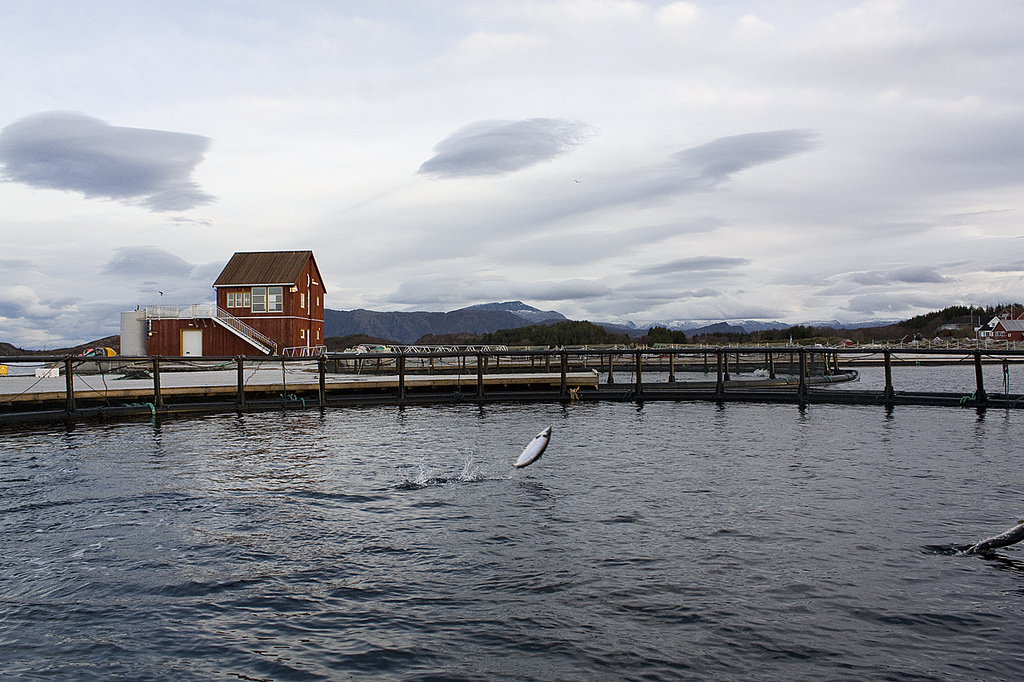In addition, there is long-range transport of nutrients with ocean currents from more southerly parts of Europe. The latter process has particularly marked effects along the Skagerrak coast, but also influences the coastal waters of Western Norway.
High concentrations of nutrients have a greater impact in fjords than in open coastal waters. Many Norwegian fjords have a sill near the entrance where the water is shallow. This restricts water exchange, so that turnover of the bottom water is very slow and excess nutrients readily cause eutrophication. Oxygen depletion and sediment deposition are the most serious effects.
Inputs of nutrients to coastal waters are expected to rise with climate change, which will entail higher erosion rates and more leaching of nutrients from soil, because:
- precipitation is expected to rise, especially in winter;
- winter temperatures are expected to fluctuate more, and this may result in repeated freezing and thawing of agricultural areas.
Both of these factors are likely to increase the amounts of nutrients leached from soils and transported to coastal waters.
